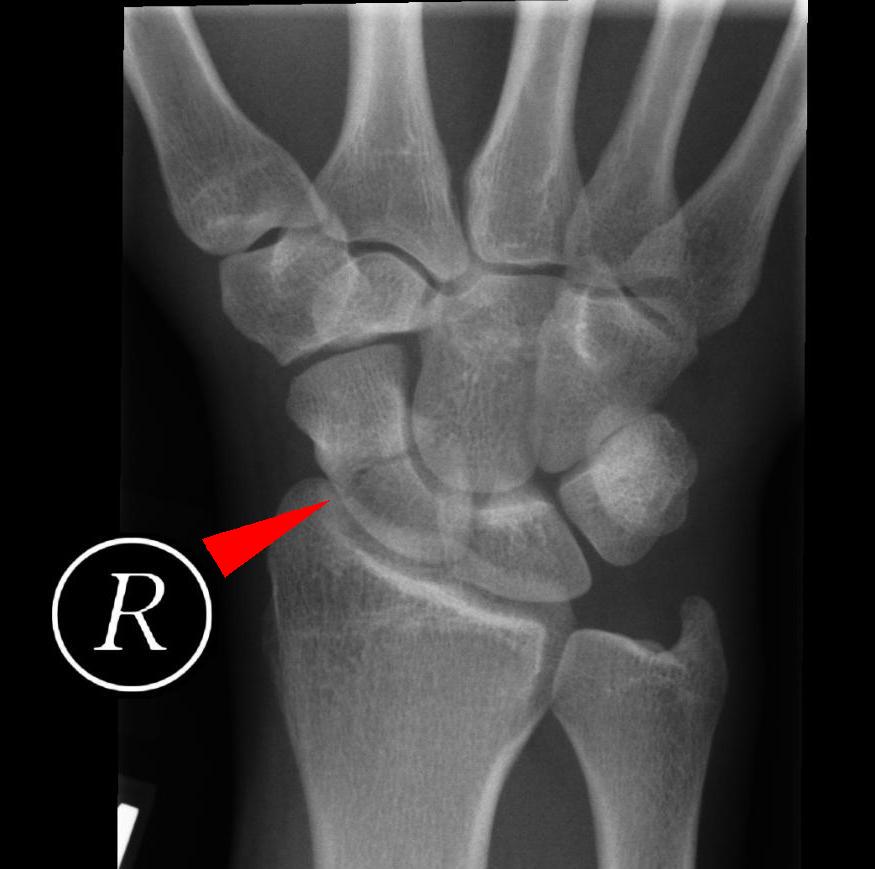The scaphoid is derived from the Greek skaphos, meaning boat. The scaphoid, (boat- shaped) bone is located at the wrist is one of the eight carpal (wrist) bones. The scaphoid is the main bone that allows movement and joins the forearm to the hand. The scaphoid joins with five of the eight carpal bones, so any damage to the scaphoid can effect the whole wrist.
Scaphoid fractures account for nearly 80% of all carpal fractures. Research specifies that scaphoid fractures account for between 2-7 per cent of all adult fractures.
The most common cause of a scaphoid fracture is a fall onto an outstretched hand.
Early diagnosis, treatment and management, is important as scaphoid fractures can compromise the blood supply and healing. If you have a scaphoid fracture, you may need to immobilised in a cast for up to six weeks, (sometimes up to 12 weeks) to allow bone healing.
Scaphoid fractures are difficult to diagnose, so your Physica Physiotherapist will need to investigate the nature of the injury, with specific tests and may need to refer for imaging and communicate with your G.P. and or medial specialist.
An undiagnosed and or poor managed scaphoid fracture can result in scaphoid deformity, arthritis or avascular necrosis. Avascular necrosis is a serious condition, where the scaphoid bone “dies” due the poor healing and blood supply. This results in increasing pain, joint restriction where hand surgery is important to correct the hand blood supply and bone healing and stability.
Some scaphoid fractures may require hand surgery to repair the fracture, but early diagnosis and management is important.
All Physica staff have extensive knowledge and experience in diagnosing and treating hand and wrist injuries including scaphoid fractures. Your Physiotherapist will treat and provide personalised and specific exercises to enable you return to full mobility, strength, function and return to work, sports and activities.

